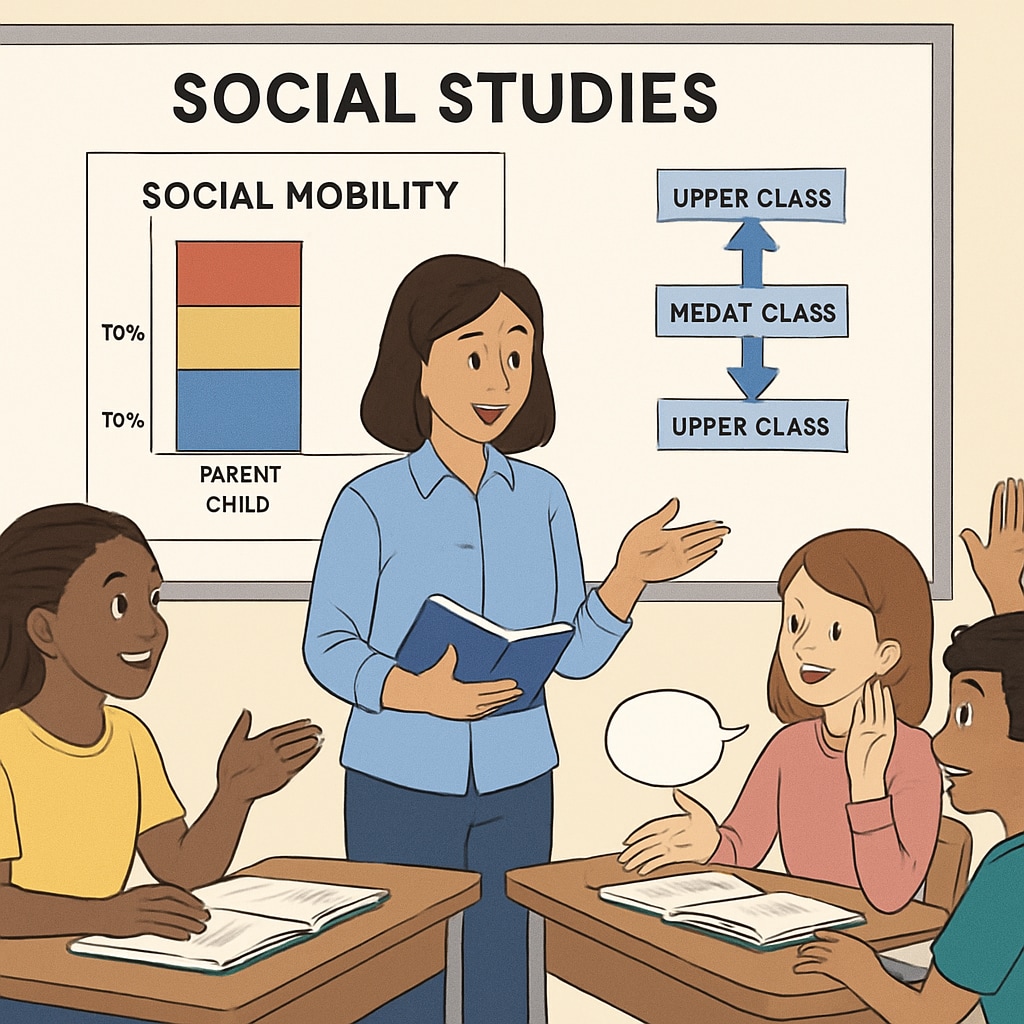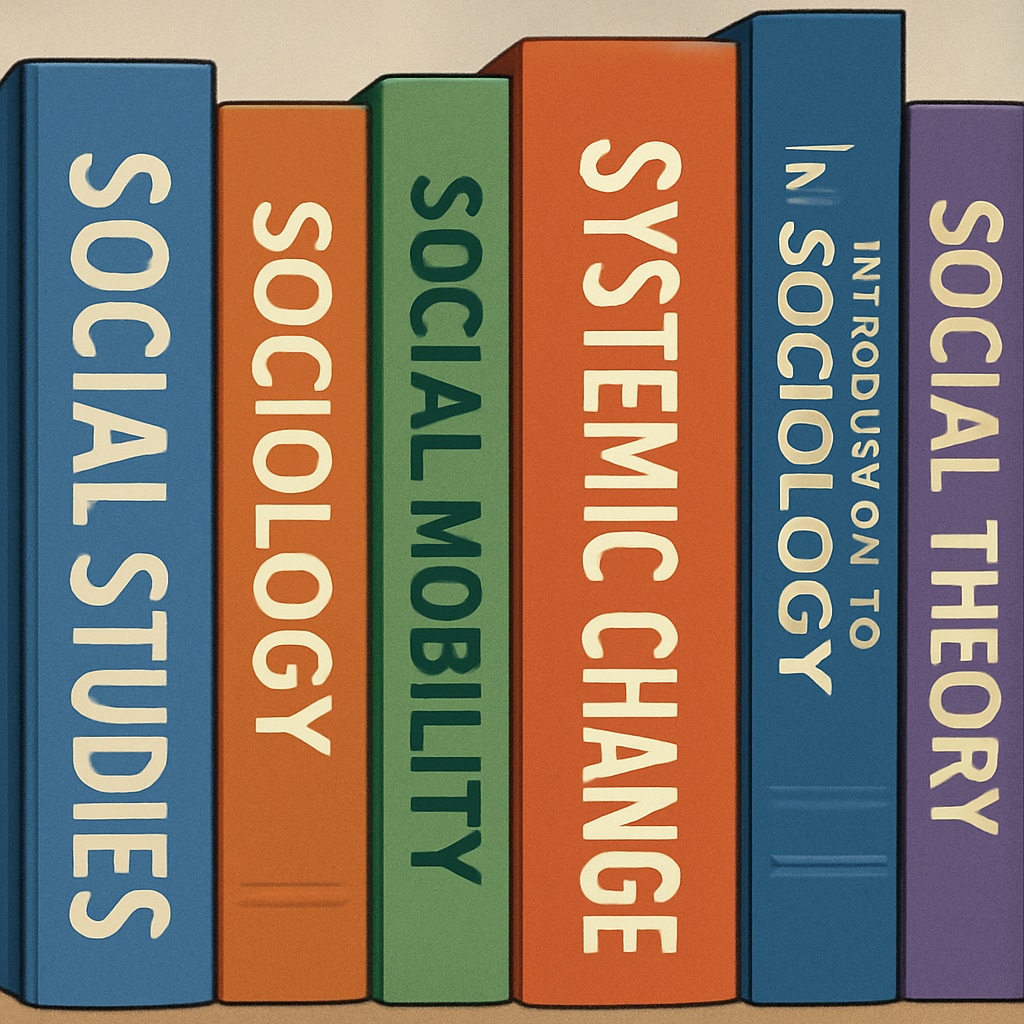Education plays a pivotal role in shaping young minds, but the depiction of social class mobility in schools has sparked significant debate. Discussions surrounding “阶级制度,社会研究教育,社会流动性” (translated: social class systems, social studies education, and social mobility) often highlight concerns about whether schools unintentionally endorse a “class destiny” narrative. This raises important questions about the impact such teachings have on students’ perceptions of their place in society, and whether educational institutions are fostering critical thinking or merely perpetuating societal stereotypes.

Understanding Social Mobility in Education
Social mobility refers to the ability of individuals or groups to move between different social strata over time. In the context of education, the topic often emerges within social studies curricula, where students are introduced to concepts like socioeconomic class, privilege, and systemic inequality. However, critics argue that certain teaching approaches may inadvertently suggest that upward mobility is unattainable for many, reinforcing a belief in “class destiny.”
For example, the emphasis on historical class struggles or the portrayal of systemic barriers without highlighting success stories can paint a deterministic picture. As a result, students may internalize the idea that their socioeconomic starting point determines their future, creating a fixed mindset rather than encouraging aspirations for change.
The Role of Balanced Perspectives
To address these concerns, educators must strive for balance when teaching about social class and mobility. A curriculum rooted in critical thinking should present both the challenges and opportunities associated with social mobility. By incorporating diverse perspectives, case studies, and real-life success stories, students can better understand the complexity of societal systems and the potential for change.
Additionally, educators should encourage students to question and analyze the content critically. For instance, rather than simply accepting historical patterns of class inequality, students can be guided to explore the factors that drive change, such as education policies, grassroots movements, or economic shifts.

Building Critical Thinking Skills
One effective way to foster critical thinking is through interactive learning methods. Role-playing exercises, debates, and project-based learning can help students engage with complex social topics actively. For example, students could debate whether education is the most significant factor influencing social mobility or explore alternative mechanisms like public policy or economic reform.
Another approach is to integrate data analysis into the curriculum. By examining statistics and research on social mobility, students can develop a nuanced understanding of the issue and learn to interpret information objectively. Resources like Social Mobility on Wikipedia or Britannica’s overview of Social Mobility provide excellent starting points for such exercises.
Conclusion: The Path Forward
While the portrayal of social class mobility in schools remains a contentious topic, it offers an opportunity for educators to shape students’ understanding of societal systems responsibly. By presenting balanced perspectives, encouraging critical engagement, and fostering hope and agency, schools can empower students to envision their potential beyond socioeconomic constraints.
Ultimately, education should inspire students to think critically about the world around them, question existing narratives, and seek solutions to complex social challenges. With thoughtful teaching practices, schools can guide students toward becoming informed and proactive citizens, rather than passive observers of societal dynamics.
Readability guidance: Use concise paragraphs and lists for clarity; incorporate transitions like “however,” “in addition,” and “for example” for smoother reading. Encourage debate and data-driven learning for deeper engagement.


